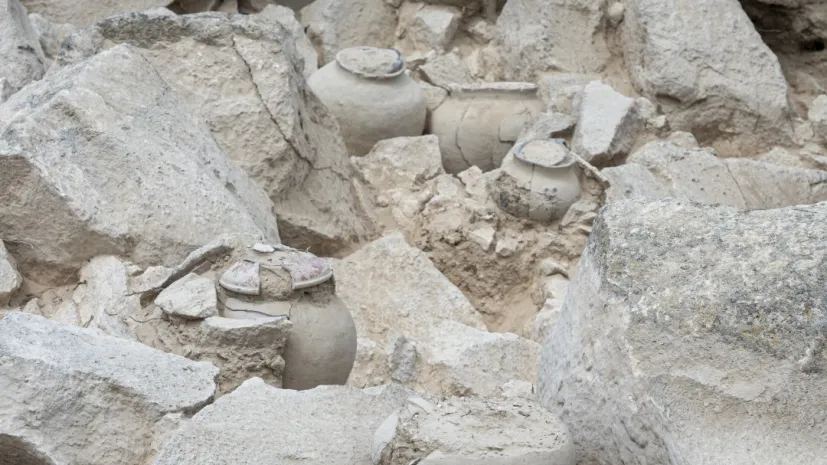
Armenian-Polish team discovers stone slab with carved human facial features and vast burial ground
An Armenian-Polish archaeological expedition working at the Argishtikhinili site in Armenia has discovered a stone slab carved with human facial features, described by researchers as a “stone idol,” and a vast urn cemetery containing twelve burials.
-

Ancient lakes sustained human life in today’s Gobi Desert, Polish scientists find
Over 8,000 years ago, vast lake districts dotted the area now known as the Gobi Desert — and human life thrived around them.
-
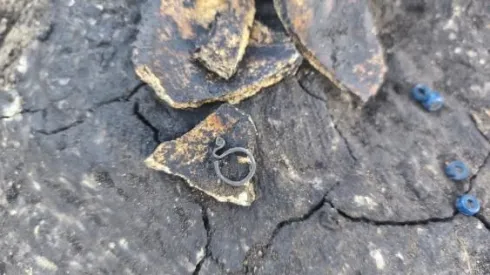
Archaeologists unearth 10th century cemetery during gas pipeline construction
Archaeologists have uncovered a 10th-century cemetery containing the remains of 24 people during gas pipeline construction in Borkowo, Kuyavian-Pomeranian Voivodeship. Researchers believe the burials may belong to the garrison and residents of a nearby early medieval stronghold.
-
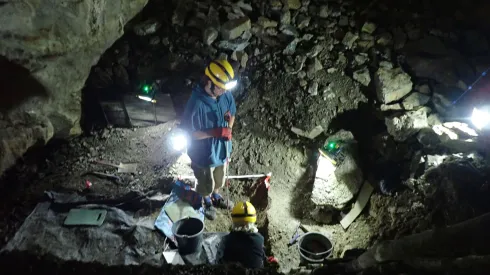
Polish archaeologists uncover traces of 15,000-year-old hunters in Tatra mountains
About 15,000 years ago, hunters from the Magdalenian culture—best known from prehistoric sites in Spain and France—ventured into the Tatra Mountains. Carrying carefully prepared stone blades and tools, they hunted local animals and left behind traces of their presence in what is now the Huczawa Cave (Hučivá diera) in the Belianske Tatras, Slovakia.
-

Scientists from Poland and Spain identify Roman woman in ancient marble sculpture
An ancient marble sculpture depicting a woman’s head has been identified as a portrait of Laodice, a Roman woman who lived in the first centuries CE, scientists from Poland and Spain have determined.
-

Archaeologists find 2,500-year-old ‘beetle jewellery’ in child's urn
Archaeologists in Poland have discovered jewellery made from beetle exoskeletons in a 2,500-year-old child’s urn, providing the first clear evidence that prehistoric societies used insects for decoration.
-

Ancient DNA study shows massive migration shaped Slavic origins and changed the shape of Europe
Between the 6th and 8th centuries CE, more than 80% of people in eastern Germany, Poland, Ukraine, and the northern Balkans were newcomers from the East, according to an international study of ancient DNA published in Nature.
-
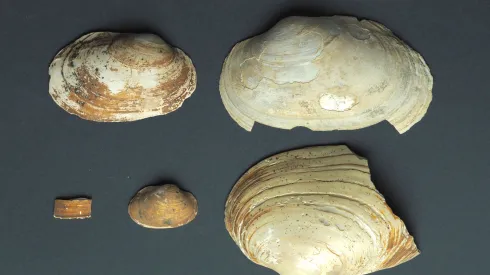
Polish researchers investigate ancient necropolis shells to reveal lives of Ancient Egyptians
Mollusc shells uncovered at Egypt’s Saqqara necropolis are providing archaeologists with new insights into the customs, beliefs, and daily life of ancient Egyptians. The finds come from the Saqqara West mission, a Polish-led excavation active since 1987.
-
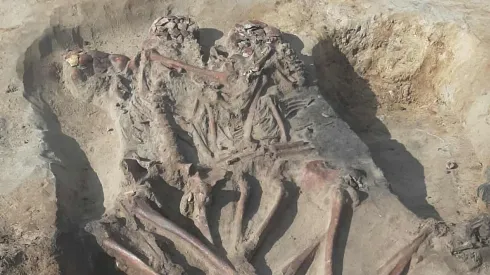
Rare Mesolithic mass burial site found during gas pipeline construction
Archaeologists have uncovered a rare Mesolithic mass burial during gas pipeline construction in Poland. The grave near the village of Orłowo in the north central Inowrocław municipality contained the remains of four people—a man, a woman, and two children—arranged as if embracing each other. The find is estimated to date back to 8000–7000 BCE.
-
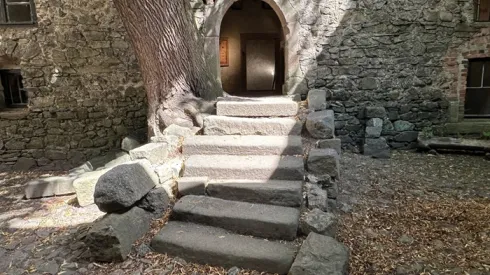
Polish researchers digitize medieval tower with rare Sir Lancelot paintings
Polish researchers are carrying out documentation work at a medieval ducal tower containing the only surviving in situ medieval wall paintings in the world depicting scenes from the legend of Lancelot du Lac.













